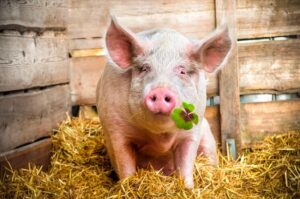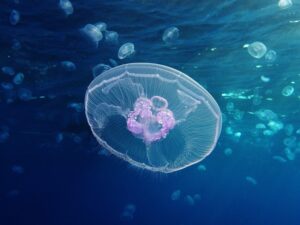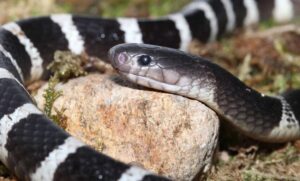To survive in the harsh natural world, every animal species possesses special characteristics, such as potent venom or extraordinary strength. While some animals have incredible speed to escape predators or hunt prey, others are incredibly slow. So, what are these animals and how do they survive? Join KnowAllAnimals to explore the Top 11+ Slowest Animals In The World: Why They Are So Slow? in the following article!
1. Top 11+ Slowest Animals In The World: Why They Are So Slow?
These animals are so slow that some of their names have become synonymous with laziness. Meet some of nature’s least athletic creatures. Let’s explore:
1.11. Manatee
- Kingdom: Animalia
- Phylum: Chordata
- Class: Mammalia
- Order: Sirenia
- Family: Trichechidae
- Subfamily: Trichechinae
- Genus: Trichechus Linnaeus, 1758
Compared to some other animals, manatees are relatively fast. But given their weight and lack of motivation, manatees are often very slow. The gentle giants of the ocean-also known as sea cows-can grow up to 13 feet long and weigh up to 3,500 pounds. With that much weight, it’s no wonder manatees are rarely in a hurry. Manatees typically move at speeds of only a few miles per hour. But if they really need to get somewhere, they can accelerate to up to 20 miles per hour.
Manatees often live in shallow waters. They don’t really have any true predators. Sharks or killer whales might eat them, but since they don’t live in the same waters, it’s rare. Their biggest threat is from humans. But thanks to strong conservation efforts, the West Indian manatee in Florida was removed from the endangered species list in 2017.
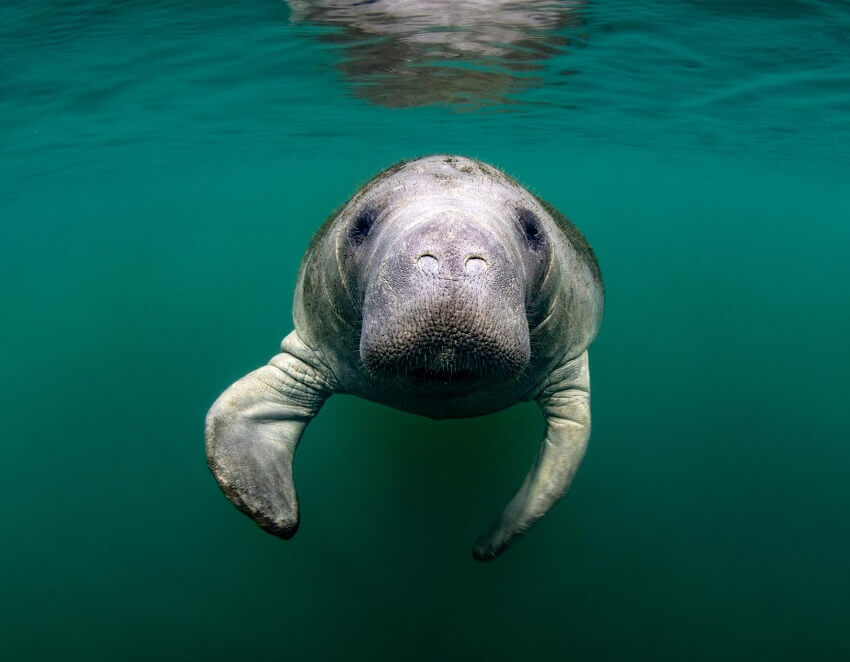
1.10. Gila Monster
- Kingdom: Animalia
- Phylum: Chordata
- Class: Reptilia
- Order: Squamata
- Suborder: Anguimorpha
- Family: Helodermatidae
- Genus: Heloderma
- Species: H. suspectum
The Gila monster is a venomous lizard that usually lives underground, so few people get the chance to see them in the wild. This animal can consume a meal that weighs one-third of its body weight. After storing enough body fat, Gila monsters will stay put underground to evade predators.
1.9. Slow Loris
- Kingdom: Animalia
- Phylum: Chordata
- Class: Mammalia
- Order: Primates
- Suborder: Strepsirrhini
- Family: Lorisidae
- Subfamily: Lorinae
- Genus: Nycticebus É. Geoffroy, 1812
Is the slow loris really that slow? The animal is mostly deliberately slow in its actions until it goes after its prey. It attacks with lightning speed, standing upright and using its feet to grasp and launch itself forward to firmly grab its prey with both hands, according to a report from the Cleveland Metroparks Zoo.
This tiny animal may look incredibly cuddly and cute, but the slow loris is the only venomous primate in the world. The furry creature has toxins in its mouth and secretes a toxic substance from a gland on the side of its elbows. They smear this toxic mixture on their fur to deter predators or simply go after them with a deadly bite.
1.8. Seahorse
- Kingdom: Animalia
- Phylum: Chordata
- Class: Actinopterygii
- Order: Syngnathiformes
- Family: Syngnathidae
- Subfamily: Hippocampinae
- Genus: Hippocampus Rafinesque, 1810
Seahorses are unique fish because they cannot create water currents to move, and their maximum speed is only 0.8 km/h. Seahorses are distributed in tropical seas around the world.
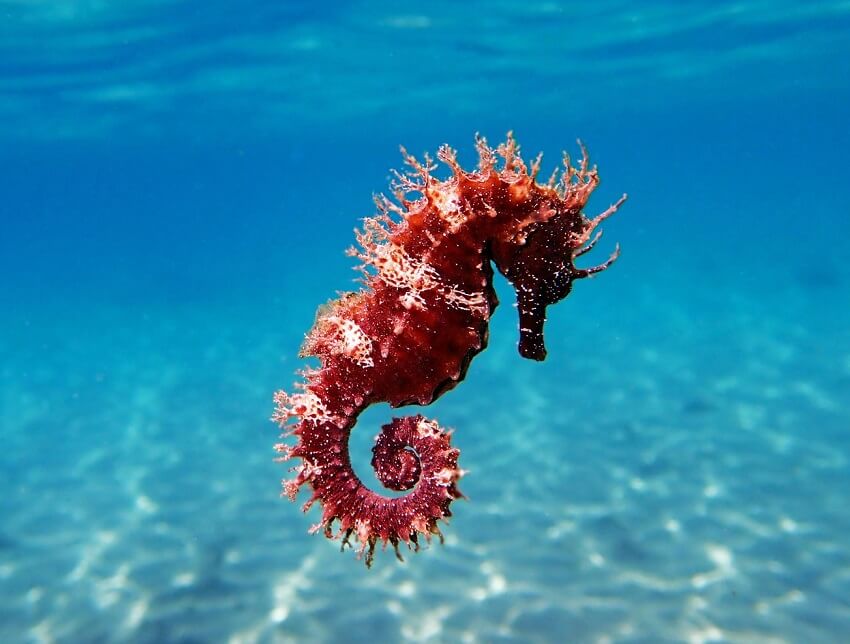
1.7. Banana Slug
- Kingdom: Animalia
- Phylum: Mollusca
- Class: Gastropoda
- Order: Stylommatophora
- Superfamily: Arionoidea
- Family: Ariolimacidae
- Subfamily: Ariolimacinae
- Genus: Ariolimax Mörch, 1859
There is not much consensus on which animal is the absolute slowest. However, Eastern Kentucky University biologist Branley Allan Branson voted the banana slug to win the top prize. He wrote: A large, long banana slug was observed to travel 6.5 inches in 120 minutes.
Banana slugs move by propelling themselves along with a muscular foot. Glands on that foot secrete dry mucus particles, which then absorb surrounding water to turn into slime. That slime helps lubricate their path as they slowly crawl. Banana slugs also have a slime bung at the end of their tail that it can use to create a bungee slime cord from high places.
1.6. Sea Anemone
- Kingdom: Animalia
- Phylum: Cnidaria
- Subphylum: Anthozoa
- Class: Hexacorallia
- Order: Actiniaria Hertwig, 1882
Sea anemones (Actiniaria) are related to corals and jellyfish, with over 1000 species of sea anemones in various shapes, sizes, and colors. This animal prefers to hunt by waiting for fish to pass close enough to catch. They can move around on a single foot, known as a pedal disc. When attacked, hunting becomes difficult, or environmental conditions change, sea anemones have to move, but their movement speed is only 1 cm per hour. This can be considered the slowest-moving animal in the world.
1.5. Koala Bear
- Kingdom: Animalia
- Phylum: Chordata
- Class: Mammalia
- Infraclass: Marsupialia
- Order: Diprotodontia
- Family: Phascolarctidae
- Genus: Phascolarctos
- Species: P. cinereus
Koalas are marsupials that eat plants (primarily eucalyptus leaves) and rarely drink water. They live in Australia. Koalas have an inflexible body (only 63cm to 88cm long, weighing about 13kg) and very poor eyesight. Koalas sleep about 10 hours a day and are genuinely very slow.
This is a cute animal native to Australia, but like sloths, they also move very slowly.
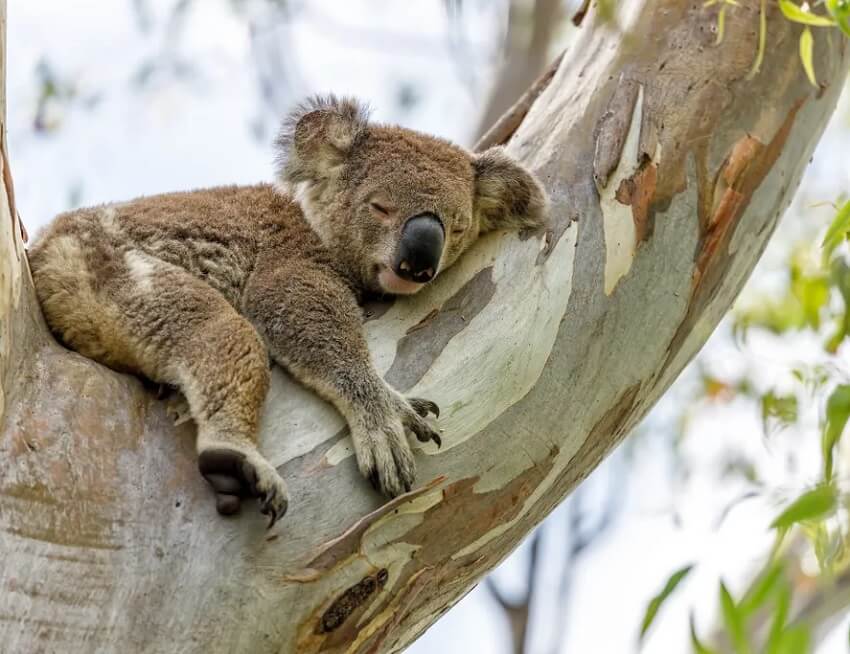
1.4. Giant Tortoise
There are many species of giant tortoises living on different islands, but the most famous is the Galapagos giant tortoise. As the largest living tortoise species, Galapagos can live for 150 years or more.
Charles Darwin studied these tortoises when he was on the Galapagos in 1835. He thought they moved relatively fast. “A large one, I found by keeping pace with it, went at the rate of 60 yards in 10 minutes,” he wrote in Zoology Notes. “At this pace, the animal would travel four miles in a day and have a short period to rest.” However, Stephen Blake, coordinator of the Galapagos Tortoise Movement Ecology Program, told the BBC that their tortoises move at a maximum of two kilometers (1.2 miles) per hour.
1.3. Garden Snail
- Kingdom: Animalia
- Phylum: Mollusca
- Class: Gastropoda
- Order: Stylommatophora
- Family: Helicidae
- Subfamily: Helicinae
- Tribe: Thebini
- Genus: Cornu
- Species: C. aspersum
The garden snail is a land-dwelling mollusk. Slugs have a shape similar to snails but do not have a shell on their bodies. Slugs also move very slowly. The slowest recorded speed for a slug is 0.3 km/h.
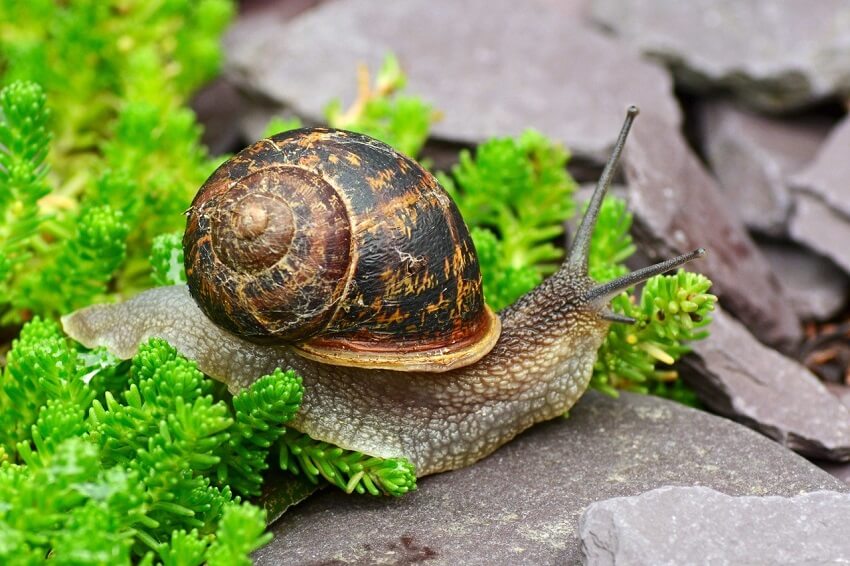
1.2. Starfish
- Kingdom: Animalia
- Phylum: Echinodermata
- Subphylum: Asterozoa
- Class: Asteroidea Blainville, 1830
Starfish have a tough upper body with many small, wriggling tube feet underneath. Those tiny feet help starfish grasp surfaces and move around. But they don’t move very fast. According to the National Oceanic and Atmospheric Administration (NOAA), an adult sunflower starfish can move at a speed of 1 meter per minute by using all 15,000 of its useful tube feet.
1.1. Three-Toed Sloth
- Kingdom: Animalia
- Phylum: Chordata
- Class: Mammalia
- Order: Pilosa
- Superfamily: Megatherioidea
- Family: Bradypodidae Gray, 1821
- Genus: Bradypus Linnaeus, 1758
Sloths spend all day in the treetops, barely moving. Blame their sluggishness on their extremely low metabolic rate. That slow metabolism means they only need a few leaves and twigs for nutrition. They crawl at a “blazing speed” of 1 foot per minute, according to National Geographic, moving so slowly that algae grows on their coat.
Although the sloth’s way of moving may seem similar to other mammals, German zoologists discovered that their anatomical structure is quite different. They have very long arms but very short shoulder blades. That gives them a large reach without needing to move much, allowing them to conserve energy while performing movements similar to other animals.
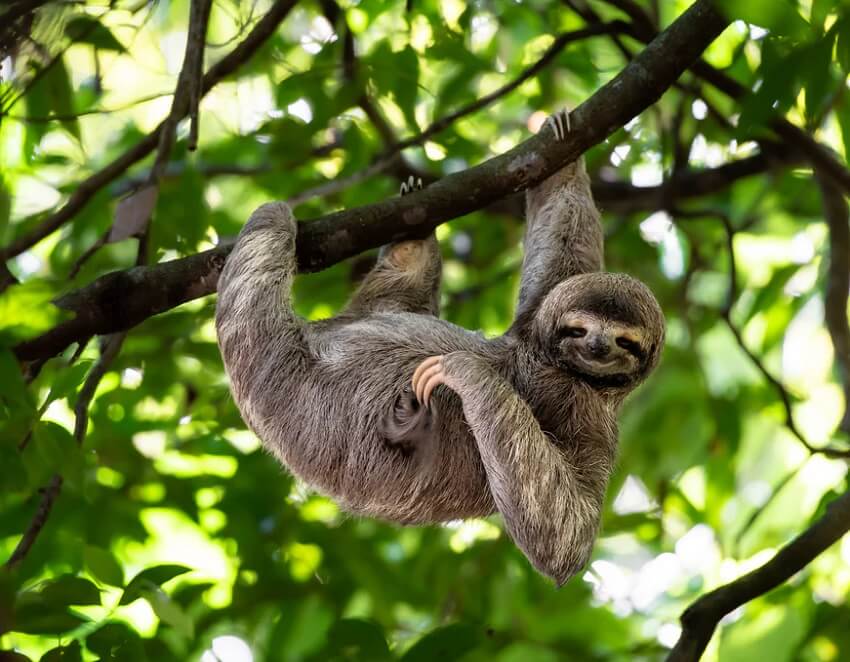
2. FAQs
1. Why are some animals so slow?
This question directly addresses the article’s title, delving into the reasons behind their sluggish speed, such as their metabolism, habitat, or survival strategies.
2. Which animal is the slowest in the world?
This is one of the most common and engaging questions for readers. Answering it early on or in the introduction helps keep readers engaged.
3. Does being slow make an animal more vulnerable to predators?
This question explores the connection between speed and survival. It allows you to explain their other defense mechanisms, such as camouflage, protective shells, or venom.
4. Are there any advantages to being a slow animal?
This question provides a unique perspective, helping the article not just list but also analyze. It can include benefits like energy conservation, easier camouflage, or ambush hunting.
We hope this article, “Top 10+ Slowest Animals In The World: Why They Are So Slow?” by Know All Animals, has given you a fresh and surprising perspective on the animal kingdom. The fastest isn’t always the strongest. In many cases, slowness is a survival advantage gifted by nature. Keep exploring and loving this diverse and fascinating world of animals!

